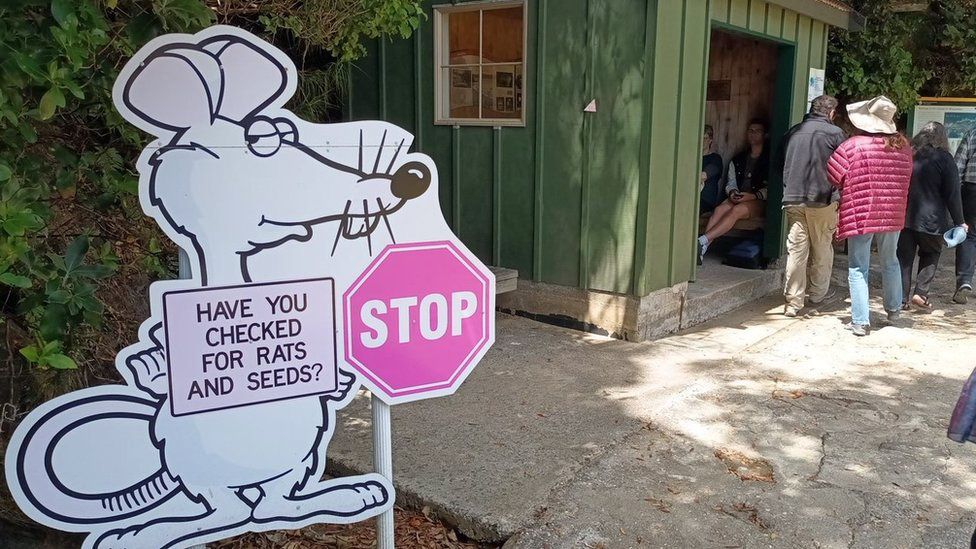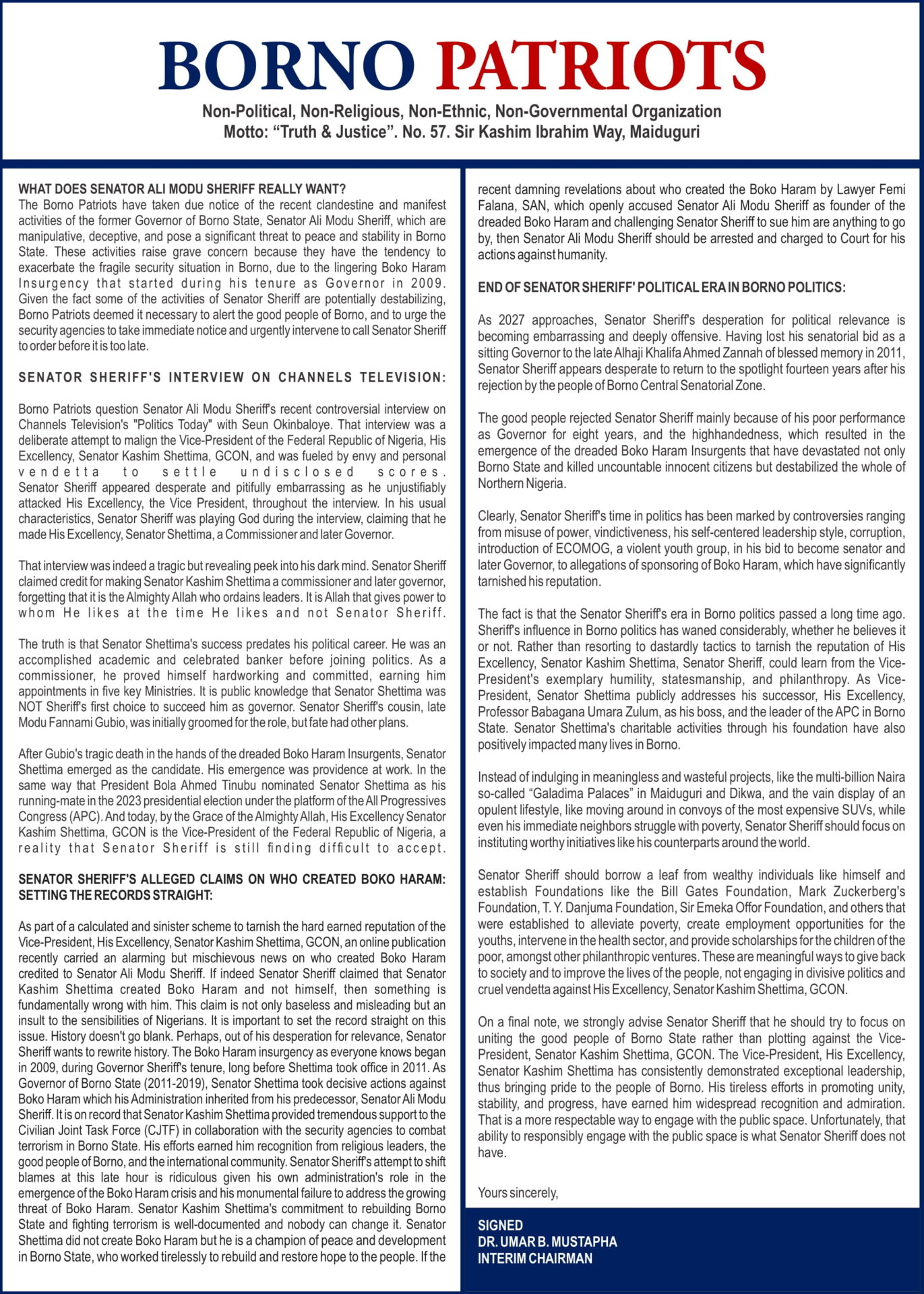ON a bright Sunday morning the wildlife-lovers gather in Miramar, a scenic peninsula. They are on an exterminating mission.
Predator-Free Miramar aims to protect birds in this area of Wellington, New Zealand’s capital, by ridding it of rats – every last one of them.
After donning hi-vis jackets, the volunteers are handed peanut butter – ideal bait for rodents – and poison.
Each is assigned a patch where they will check coil traps and toxin-laced bait boxes. “Good luck fellows,” says Dan Coup, who leads the group.
A GPS app guides Coup through the bush to devices on his route. For each one he replaces the bait and updates the information on the app. None shows signs of a visit by a rat.
But as he surveys the ground for droppings and other clues, his phone vibrates. One participant has posted an image to their WhatsApp group: a dead rat in a trap.
This is not welcome news. “Dave will feel good that he’s caught it, but we feel sad that there’s still a rat,” Coup sighs.
Eradicating rats and other predators is the goal not just for Miramar but for all New Zealand. The government expects the task to be completed by 2050.
It is a tall order. The largest territory to have removed all rats is South Georgia, a 170km (105-mile)-long island in the South Atlantic. New Zealand conservationists believe the feat can in due course be achieved in an area larger than the UK.
Others point to practical and ethical problems.
At the heart of the project is a unique ecology. New Zealand split from an ancient supercontinent 85m years ago, long before the ascent of mammals. Without land predators, birds could nest on the ground or do without flying.









